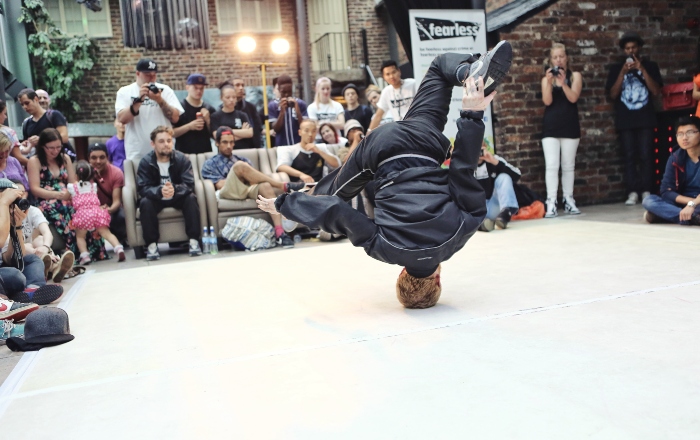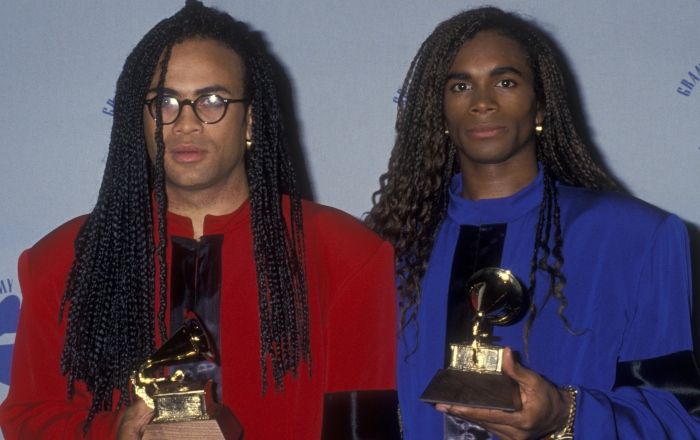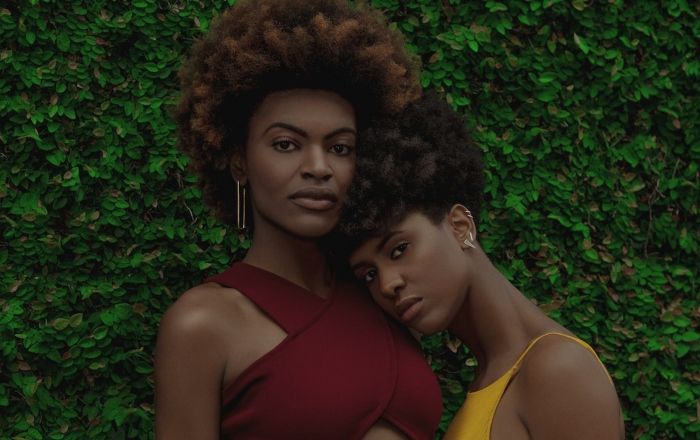Humans have been nurturing their cultures for millennia and consider them something precious. However, it is impossible to protect them from external influence. Nor can nations prevent other people from borrowing or stealing their cultural treasures.
The phrase “cultural appropriation” has been around for quite some time, particularly in the music industry. Though you might not be familiar with its exact meaning, you’ve probably come across several examples. For instance, Elvis Presley rocked and rolled (considered black music at the time) to pave his path to stardom.
With globalization, it’s become easier to appropriate other cultures. Artists ‘borrow’ elements and use them to entertain the masses or for lucrative purposes. Here are some examples of famous musicians who relied heavily on cultural appropriation in music.
What Is Cultural Appropriation?
Adopting elements from one culture by someone with a different background is known as cultural appropriation. This practice usually happens when a dominant community appropriates the culture of a disadvantaged minority and exploits it for financial and commercial gains. In order to understand the notion, one should look through cultural appropriation essays that dwell upon it extensively. They provide plenty of examples when certain people have used the heritage of other cultures for their own or their community’s benefit.
As a result, the subjugated cultures lose their traits without receiving due credit, respect, or compensation. In 2018, the term cultural appropriation entered the Oxford English Dictionary. In short, it means unacknowledged and improper adoption of the customs and traditions of a social or ethnic group by members of a dominant society. Hence, it’s a form of economic dominance and colonialism, trying to establish or regain authority over a group of suppressed people.
Madonna
Topping the list, this pop star has Italian and American roots. However, Madonna’s origin didn’t stop her from borrowing elements from several cultures. In an attempt to commercialize and sell her music, Madonna is someone who borrowed features from the Black, Indian, Latin American, and gay cultures.
The superstar used to wear Indian garments like saris and bindis for photography sessions. She also took part in a geisha-inspired photo shoot. Finally, considering her massive hits “La Isla Bonita” and “Vogue,” one can see how much they hold onto Latin American music and gay and Black cultures, respectively.
Perhaps one positive aspect of Madonna’s cultural appropriation is that she has given underrepresented communities wider exposure. Yet, she has never made any political or culture-wise statements. Hence, many believe that her use of cultural artifacts is superficial.
“Tumbling Dice” by the Rolling Stones, 1972
The world-class band owes a lot of its fame to the blues genre. Even their name originated from the song “Rollin’ Stone” by Muddy Waters, one of the most influential rock’ n’ roll artists. Indeed, the British band wasn’t very creative before they became famous. They emulated R&B artists and recorded covers for songs like “Down in the Bottom.”
However, the Rolling Stones admired jazz and African-American blues openly. They never tried to borrow cultural elements without speaking about them or giving proper credit. Their model of appropriation is acceptable in a way because of the conscious tribute.
“D’Yer Mak’er” by Led Zeppelin, 1973
In the early 1970s, Bob Marley was already an established household name. The aspiring band Led Zeppelin also wanted to jump on the sweet reggae bandwagon. So what did they do? They recorded a reggae-inspired song under a title from a Cockney joke. In fact, “D’Yer Mak’er” is a play on the word Jamaica pronounced with an English accent.
Rolling Stone claimed that the song represents a pathetic attempt at reggae and that Zeppelin was laughing off the island of Jamaica. Overall, the band demonstrated little understanding of the essence of reggae, and their song lacked fundamental reggae features. Considering the title, the band showed gross insensitivity towards Jamaican culture.
Cher’s “Half-Breed”
Another example of popular culture borrowing elements from Native Americans is Cher’s single “Half-Breed” because the term is offensive to that community. However, in 1973 things were different, and a White artist could get away with sexing up Native American culture and garments.
In the song, Cher shares a story that isn’t hers. She highlights the dilemma faced by half-White and half-Cherokee young women. Still, critics don’t approve of how she turned Native American cultural elements into a costume. Cher was ignorant of the comments and further performed the song on stage.
Miley Cyrus and Hip-Hop Culture
Miley Cyrus became renowned for the show Hannah Montana in Disney Production. As a child, she portrayed a different image of herself in public, so everyone knew her as the sweet little rich girl. Yet, she suddenly decided to change her ways and do something more urban.
Miley wanted her songs to feel black and not fairytale-like. Her single “We Can’t Stop” refers to substance use, and she debuts an “urban” appearance. Cyrus even co-performed with rapper Juicy J in Los Angeles. The crowds were perplexed to see her feature gold teeth and twerk. But twerking wasn’t her invention (it existed long before), and the public heavily criticized Miley for using Black culture to build her career.

Trap Music
The trap genre is a hip-hop variant originating from the Southern parts of the US. It features a heavy bass rhythm and deals with issues of people from a lower socio-economic status. More specifically, the lyrics speak of crime, drug dealing, and other ghetto problems of “trapped” people.
Though trap music dates back to the ‘90s, the latest songs contain no lyrics and are mostly performed by While people. This appropriation steals the essence of the genre. US ghettos lose their central position, and the roots of trap music may soon get obliviated.
Iggy Azalea
White people can rap, and Eminem is an incredible specimen of this ability. The problem arises when some White artists aren’t authentic and mimic a Black vocal style. Iggy Azalea is one such example. While she had a remarkable reputation at the onset, she ruined it by transforming herself into something she wasn’t.
Iggy banished her Australian accent and started rapping with “blaccent,” which is offensive. The masses recognized this and weren’t in favor of it, but Azalea dismissed the accusations of cultural appropriation. She picked various Black cultural elements without giving credit.
Wrap-up
The benefits of using elements from cultures other than yours are short-term. So, if you’re new in the music industry and planning to build your career on stable grounds, refrain from this practice. However, some artists reach for other cultures once they become famous, only to boost their financial gain.
But even then, fans can label you racist and disrespectful of others. Finally, if you insist on using a segment from a culture you like, research it first to see if it fits your style and music, and always pay respect.
Readers Might Also Like:

Milli Vanilli Biopic In The Works, First Look At The Cast

Black Women’s Hair – What I’ve Come To Learn About The Glorious Crown

Is Texting the Cause of Failed Relationships? — Social Media’s Take

